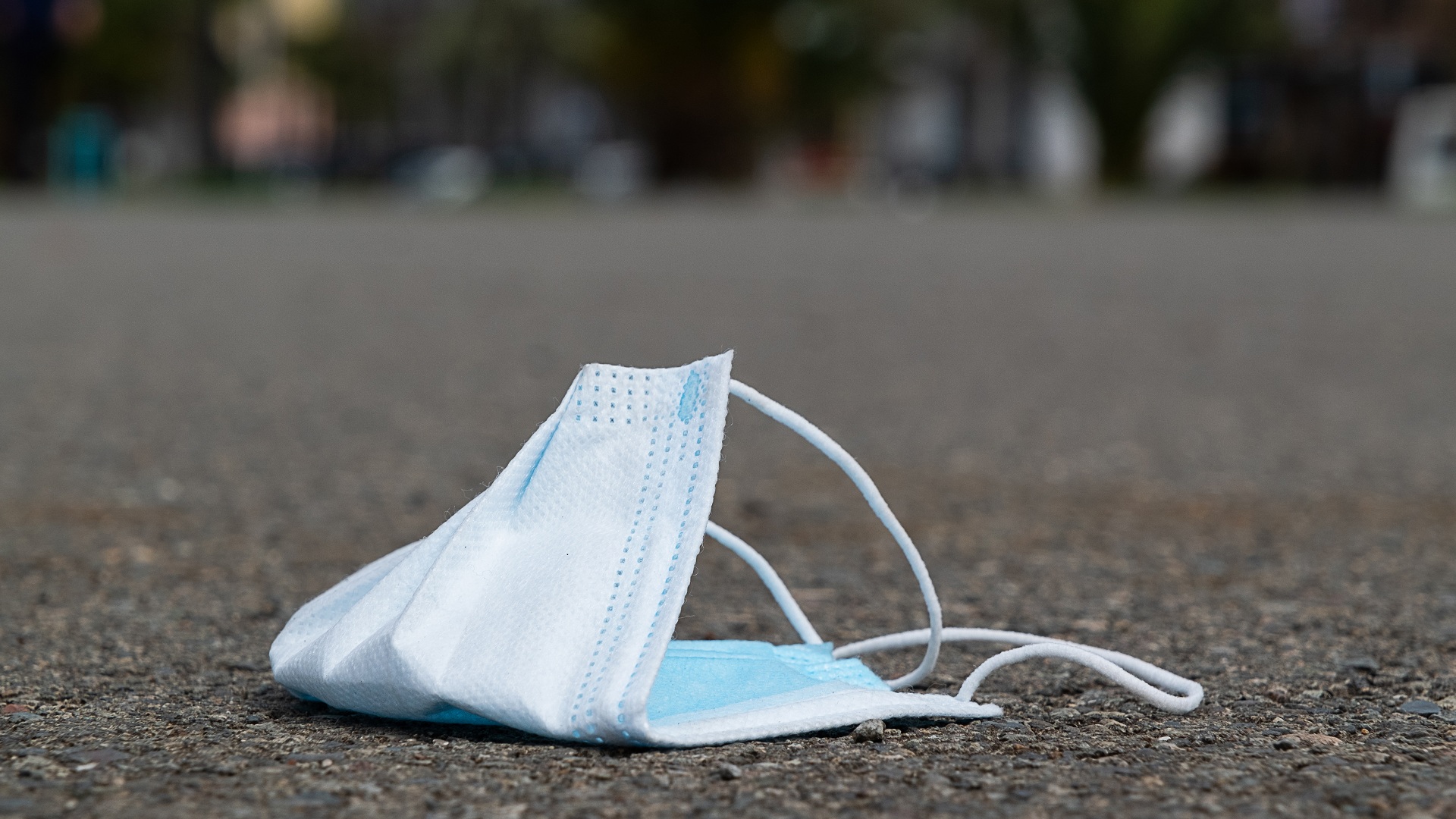COVID-era masks morph into microplastic pollution time bombs

Source: interestingengineering
Author: @IntEngineering
Published: 9/8/2025
To read the full content, please visit the original article.
Read original articleA recent study by Coventry University reveals that disposable face masks used extensively during the COVID-19 pandemic are becoming significant sources of microplastic pollution. Even unused masks, when immersed in water, release microplastic particles—primarily polypropylene—along with other plastics like polyethylene, polyester, nylon, and PVC. Filtering facepiece masks emit three to four times more microplastics than standard surgical masks, with most particles smaller than 100 micrometres. These materials resist natural degradation, posing long-term environmental risks as they accumulate in ecosystems and potentially enter the food chain, threatening biodiversity and human health.
The research also identified harmful chemical additives such as Bisphenol B leaching from masks, which can disrupt hormones and harm aquatic life. The combined impact of microplastics and chemical pollutants remains poorly understood but is considered potentially severe. With an estimated 129 billion masks used monthly during the pandemic—many discarded improperly—the study highlights the urgent need for sustainable mask alternatives and improved waste management. Experts advocate for reusable
Tags
microplasticsenvironmental-pollutionpolypropyleneplastic-wastetoxic-chemicalswater-contaminationsustainable-materials